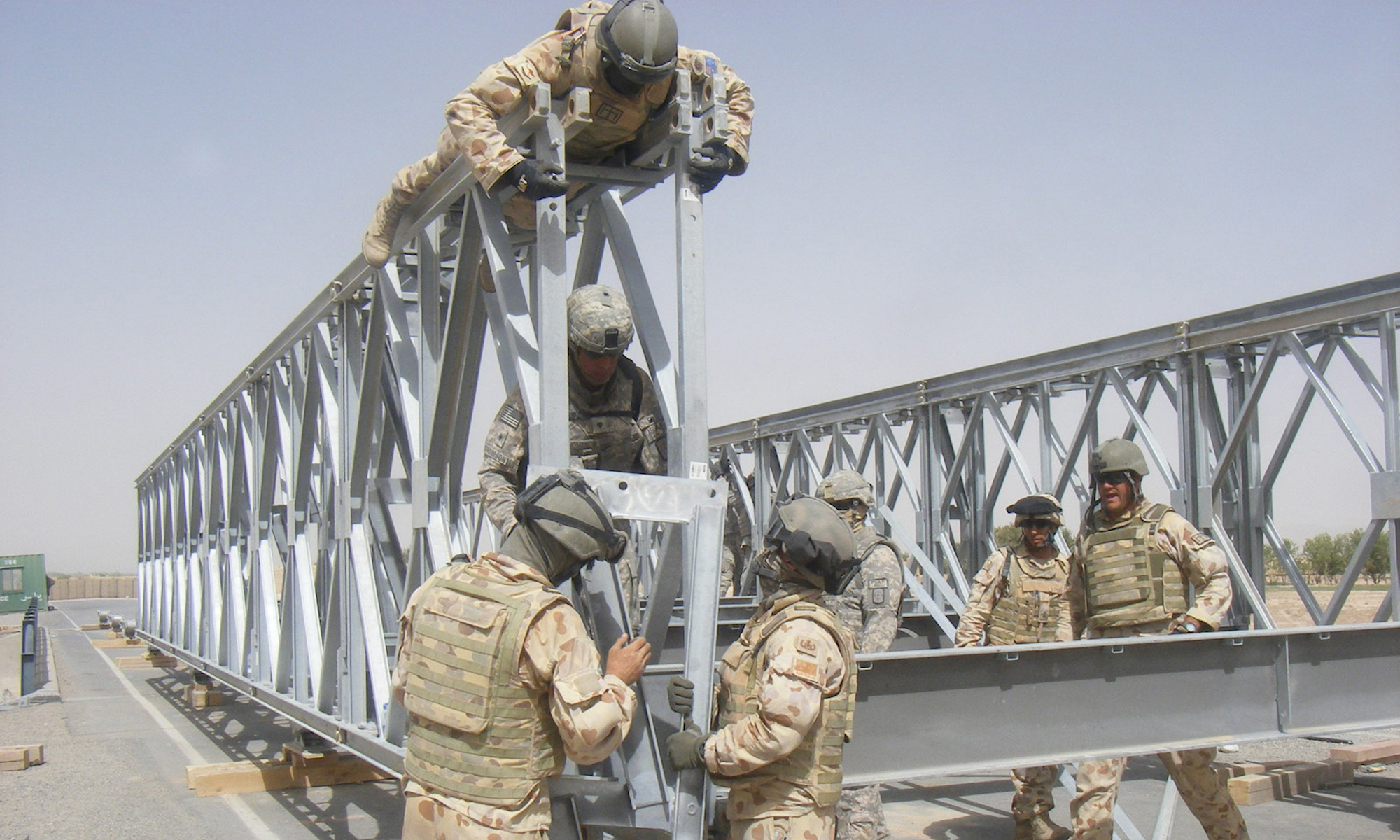There is a growing body of practice and literature on the role of information and communication technologies (ICTs) in preventing and responding to violence. There is also a lot of excitement and corresponding literature about the role of the internet in non-violent change and democratization. The use of mobile phones, social networks such as Facebook and Twitter, and user-generated content (UGC) like blogs and YouTube videos in the protests in Tunisia and Egypt, as well as throughout the wider middle-east and North Africa (MENA) region have shown how ICTs can complement and augment the exercise of rights to freedom of expression, freedom of association, and freedom of peaceful assembly. This literature focuses on the use of ICTs before and during conflict, for example in conflict prevention and early warning. What about the use of ICTs in post-conflict situations; after the negotiation of peace agreements? How can ICTs be used in post-conflict interventions; more specifically in post-conflict peacebuilding and post-conflict reconstruction and recovery? What role of can be played here by social media and user-generated content?

INSCT Postconflict Research Database
The Institute for National Security and Counterterrorism's Postconflict Research Database & Analysis Project stores cross-indexed bibliographic information on hundreds of journal articles, books, book chapters, and case reports that address the broad, interdisciplinary fields of postconflict reconstruction, stabilization, and peacebuilding.